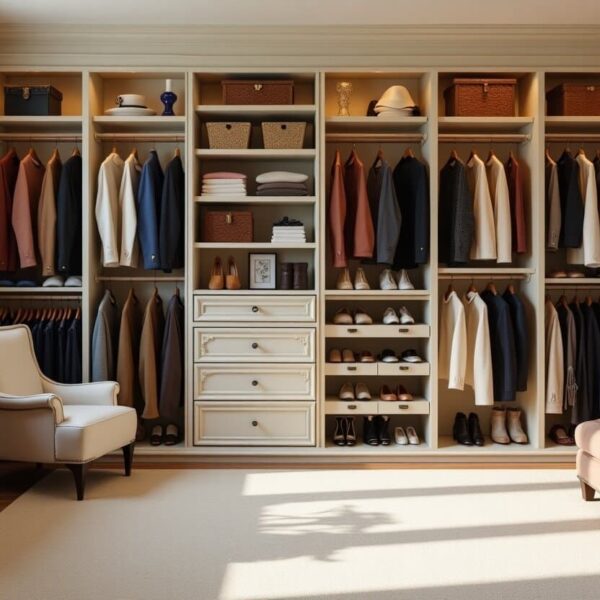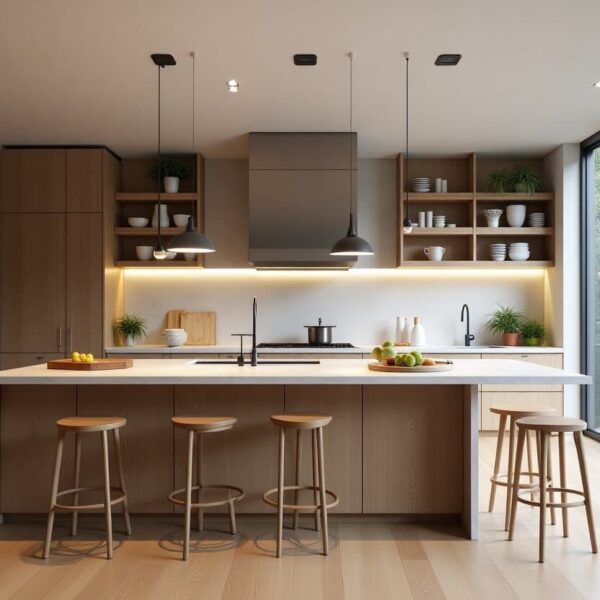The global demand for custom wardrobes from China is surging, driven by competitive pricing and flexible production. Yet, behind this growth lies a critical blind spot: unclear accountability.
If you’re considering a China custom wardrobe manufacturer, you’re smart to think about potential pitfalls. Who’s really on the hook when issues pop up during an international purchase? This blog post will cut through the confusion, clearly defining responsibilities and empowering you with the knowledge to navigate your custom wardrobe project with confidence.
Common Dispute Scenarios
Before we dive into solutions, let’s identify the battlegrounds where disputes most frequently occur in custom wardrobe projects.
One common area of contention involves design flaws. This can manifest as poor space planning, leading to inconvenience or wasted space, or even missing functionalities that don’t meet your actual storage needs. Incorrect dimensions that prevent installation or result in a poor fit are also frequent issues that stem from design.
Another significant concern revolves around material and quality issues. You might find that the actual materials used don’t match what was agreed upon, such as the board type or hardware brand. Sometimes, materials fail environmental standards, containing excessive formaldehyde or other harmful substances. Furthermore, problems like boards showing signs of warping, cracking, or mold are clear indicators of material or quality failures.
Craftsmanship and installation errors form a third category of disputes. This includes loose installation, unstable structures, or even safety hazards. Surface imperfections like scratches, dents, or stains on cabinet bodies or door panels can also arise. Additionally, misaligned cabinet doors or drawers can severely impact both the aesthetics and usability of your custom wardrobe.
Finally, issues related to delivery and after-sales problems are often sources of frustration. This can involve delayed delivery beyond the contract period, affecting your move-in or usage plans. Poor after-sales service, where issues remain unresolved after feedback, is also a common complaint. Unclear warranty scope can lead to additional repair costs, adding to the buyer’s burden.
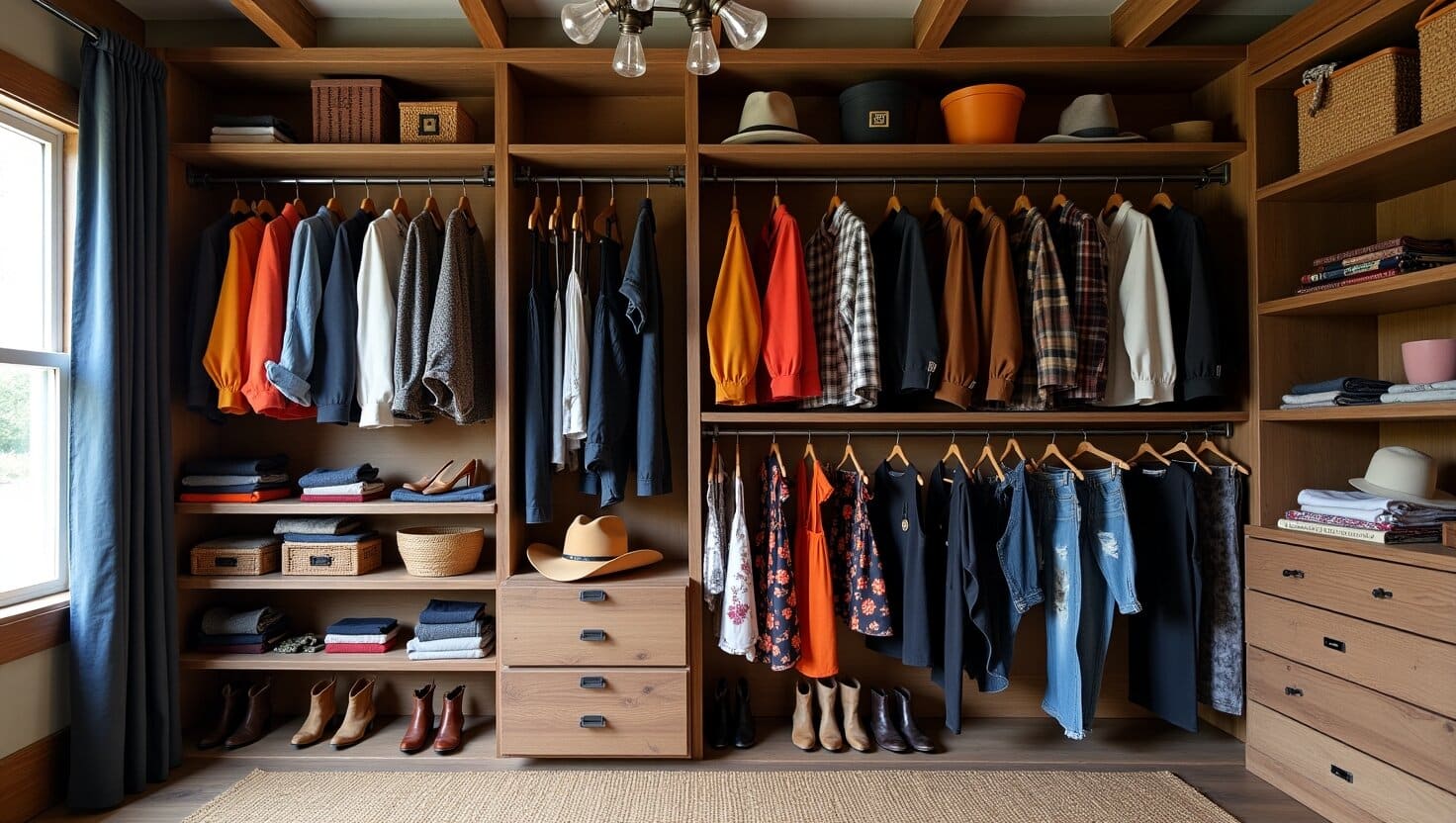
Clarifying Responsibilities
To sidestep these common pitfalls, a clear understanding of each party’s role is crucial.
As the buyer, your responsibilities include providing accurate space information. If you’re self-measuring, you must ensure your data is precise; if providing photos, make them as clear and comprehensive as possible. You also need to clearly express your needs, as explicit storage requirements, functional preferences, and style choices form the foundation for the designer’s plan. Timely feedback and confirmation are essential, so promptly review and sign off on design proposals and material selections. Furthermore, you’re responsible for site preparation, clearing enough installation space before assembly, and ensuring basic conditions like power and water are available. Upon delivery and after installation, carefully verify and sign off on the product. Lastly, you should follow the manufacturer’s instructions for routine cleaning and upkeep as part of your daily care and maintenance.
The designer’s responsibilities begin with providing a reasonable design – functional and space-efficient plans based on your needs and the actual space conditions. They must ensure the feasibility of the design, meaning it’s structurally sound, uses appropriate materials, and is feasible for installation. Clear communication is key, so designers should fully explain material characteristics, cost breakdown, production timelines, and potential risks. They also have a responsibility for guidance and documentation, helping you articulate your needs and meticulously recording and archiving all communication and design drawings. Crucially, they must ensure the completeness and accuracy of final design drawings, as these serve as the basis for production and installation.
The manufacturer’s responsibilities, covering production and installation, involve strictly adhering to drawings, producing precisely according to the final confirmed design drawings and material lists. They are accountable for product quality assurance, ensuring materials comply with contractual agreements, meet environmental standards, and boast excellent craftsmanship. This includes responsibility for transportation and installation, safely bringing products to the site and having a professional installation team perform the installation according to standards. Finally, they must provide after-sales service, offering repair, replacement, and other services within the warranty period as per the contract, and supply detailed product usage and maintenance instructions.
For third parties, such as independent installers or logistics companies, their responsibilities are also clear. If it’s an independent installation team, they must strictly follow industry installation standards and manufacturer guidelines. They are also responsible for site protection, taking care to protect your home environment during construction and avoiding unnecessary damage. If a logistics company is involved, their duty is to ensure products are delivered on time and safely.
Have a project in mind? Send a message.
Get the catalog for free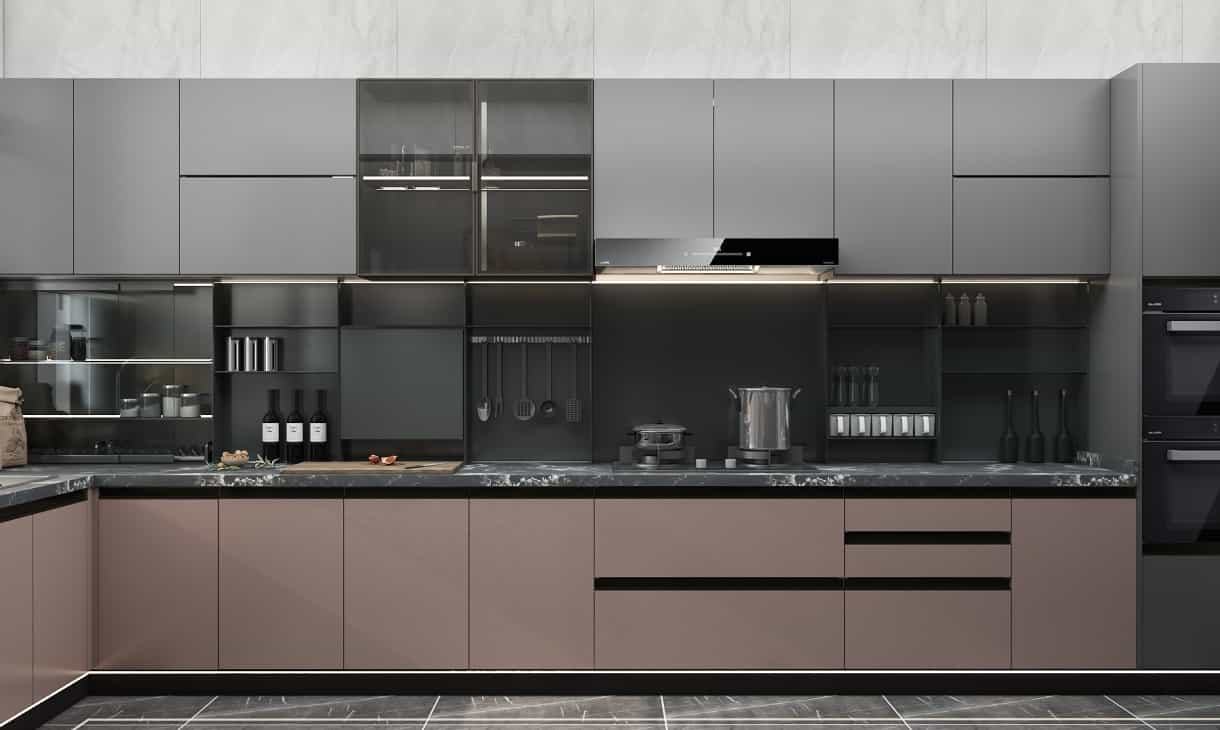
Responsibility Breakdown in the Custom Wardrobe Project Flow
Let’s trace responsibilities through each phase of your project.
During the initial consultation and needs discovery, you’ll provide your storage needs, space photos or dimensions, and style preferences. The designer will then offer preliminary feasibility suggestions, propose solution directions, and help define your budget and expected delivery time. Crucially, if you don’t provide design drawings, you must clearly articulate your needs; the designer, in turn, is responsible for guiding you, recording all details, and archiving this information.
Next, for on-site measurement and survey, if you choose to self-measure, you are responsible for the accuracy of your measurements, including wall and floor flatness, and the precise locations of outlets and beams. However, it is highly recommended that professionals, ideally from the manufacturer or their designated personnel, conduct precise on-site measurements, and they will then be responsible for the accuracy of that data.
The design proposal and modification phase sees the designer outputting initial 3D designs, material boards, and layout plans, or refining your initial sketches. You will then provide feedback, engage in one to two rounds of design adjustments, confirm the final design, and sign the confirmation sheet. At this stage, you are responsible for the final design confirmation, while the designer is responsible for ensuring the functional logic and completeness of the drawings.
For material selection and manufacturing, the manufacturer is tasked with strictly following the drawing specifications for precise production, ensuring accuracy and quality in board cutting, edge banding, and pre-assembly. As the buyer, you should avoid making changes at this stage to prevent affecting production progress and costs. The key here is that the manufacturing party is responsible for the production craftsmanship and overall quality.
During delivery and installation, the manufacturer or installer will coordinate the delivery time, and then proceed with on-site assembly, leveling, and fixing. Your role involves clearing adequate installation space and performing an on-site acceptance and sign-off. You are responsible for providing the necessary site conditions and for signing for acceptance, while the installer is responsible for the structural safety and aesthetic quality of the installation.
Finally, at the final handover and maintenance instructions stage, the manufacturer will provide you with maintenance advice, such as how to adjust door hinges, clean board surfaces, and maintain sliding door tracks. They will also provide contact information for after-sales service and explain the scope of your warranty. You, as the user, will then be responsible for the daily maintenance of your custom wardrobe. The manufacturer’s key responsibility here is to provide a comprehensive maintenance instruction manual.
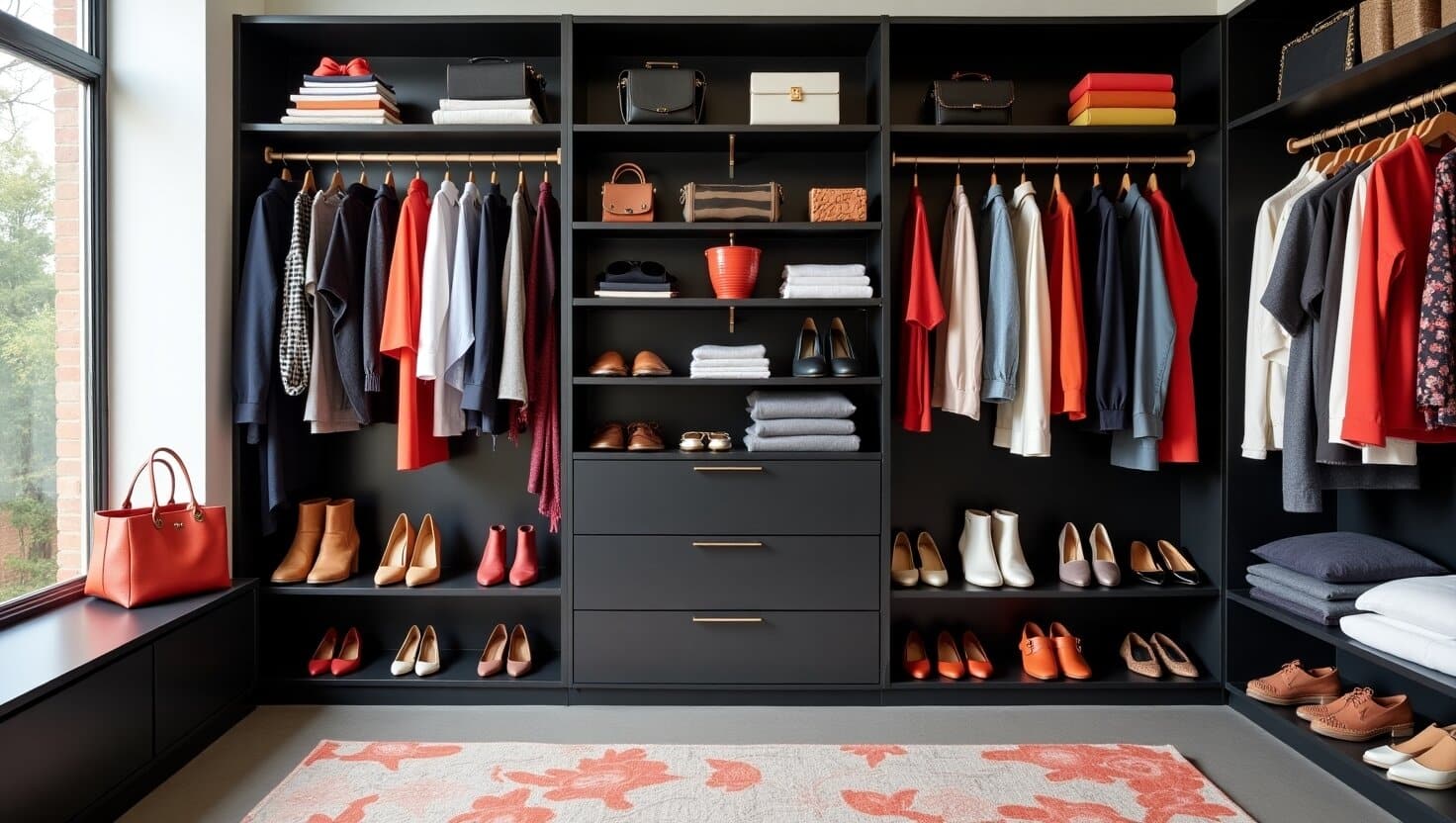
How to Protect Yourself as a Buyer
To maximize your protection, as a consumer, you should take several proactive steps.
Firstly, always sign detailed contracts and drawings. Ensure the contract explicitly states all pertinent details, including material brands, models, dimensions, design drawings, price, lead time, payment terms, and responsibilities in case of a breach of contract. It’s crucial that all drawings are included as contract appendices.
Secondly, define special clauses within your contract. For example, you might stipulate that “the client bears adjustment costs for installation defects caused by the original house structure,” or explicitly clarify which situations fall under the manufacturer’s responsibility. Setting a cap on additional costs is also advisable; agree in the contract that any later additions shall not exceed a certain percentage of the total price, perhaps no more than 5%, to prevent unlimited price increases. Furthermore, clearly agree on breach of contract compensation, defining clauses for delayed delivery, such as daily deductions (e.g., 0.1% per day), and setting a compensation cap.
When it comes to measurements, choose professional measurement. Whenever possible, insist that the manufacturer or their designated professional personnel conduct on-site measurements, and ensure they are responsible for the accuracy of those results. It is also vital to confirm materials and finishes in writing. All materials, colors, models, and hardware accessories must be confirmed in writing, ideally with sample pictures or sealed physical samples.
Before finalizing, clearly understand the warranty terms. Read the warranty scope, duration, and after-sales service process in detail to comprehend what is covered and what is not. Your choice of manufacturer is paramount; select reputable, experienced manufacturers by checking online reviews, getting referrals from friends, and conducting on-site visits to choose a brand with a good reputation and rich custom experience.
Finally, strictly conduct quality checks throughout the process. Upon receipt, inspect materials to verify that everything delivered to the site matches the contract list and is free from damage or deformation. If conditions permit, consider supervising the installation process moderately, and communicate any issues promptly if discovered. The most critical step is the final acceptance and defect list: after installation, carefully check every detail against the design drawings and contract, list all discovered defects or discrepancies, and require the custom wardrobe manufacturer to sign off on a written list for rectification.
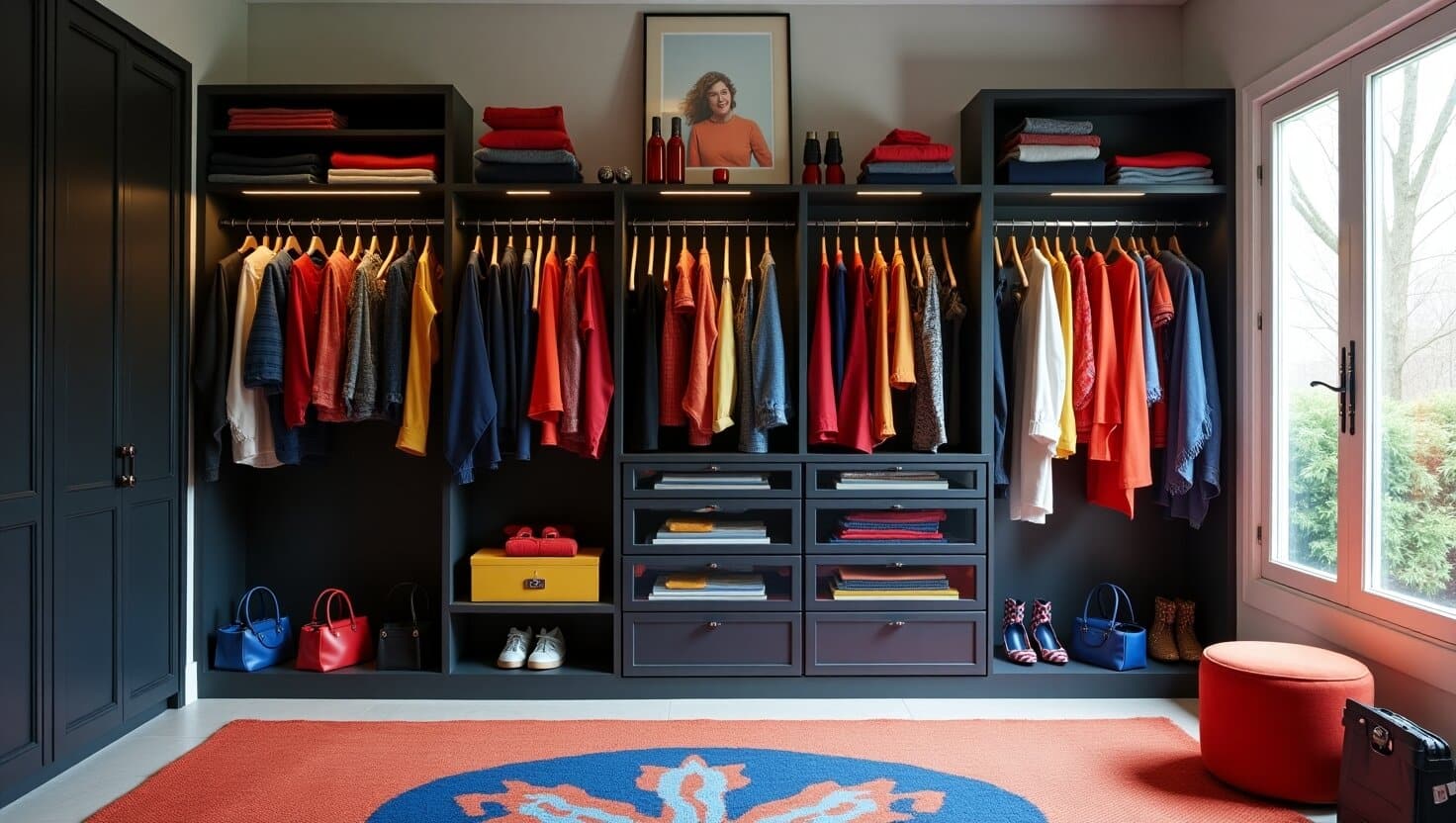
Responsibility is Shared, But Boundaries Matter
Custom furniture is a collaborative process, and clearly defined responsibilities can significantly reduce risks. If you’re looking for a China custom wardrobe supplier that truly takes ownership of the custom outcome, consider Nexthome Furnishing.
Nexthome Furnishing is a leading integrated home furnishing brand in China, specializing in the production and sale of cabinetry furniture like kitchen cabinets, wardrobes, and other storage units, along with loose furniture. With over 10 years of experience in high-end customization, we offer comprehensive services including cabinetry design, production, OEM, and custom manufacturing. We prioritize design accuracy, exceptional craftsmanship, and customer satisfaction, ensuring a seamless experience from design to delivery.
Visit our website or contact us for a consultation today!
Contact NextHome Now!
We are here to help you with your business needs. We have a team of experts who are always eager to help you.


